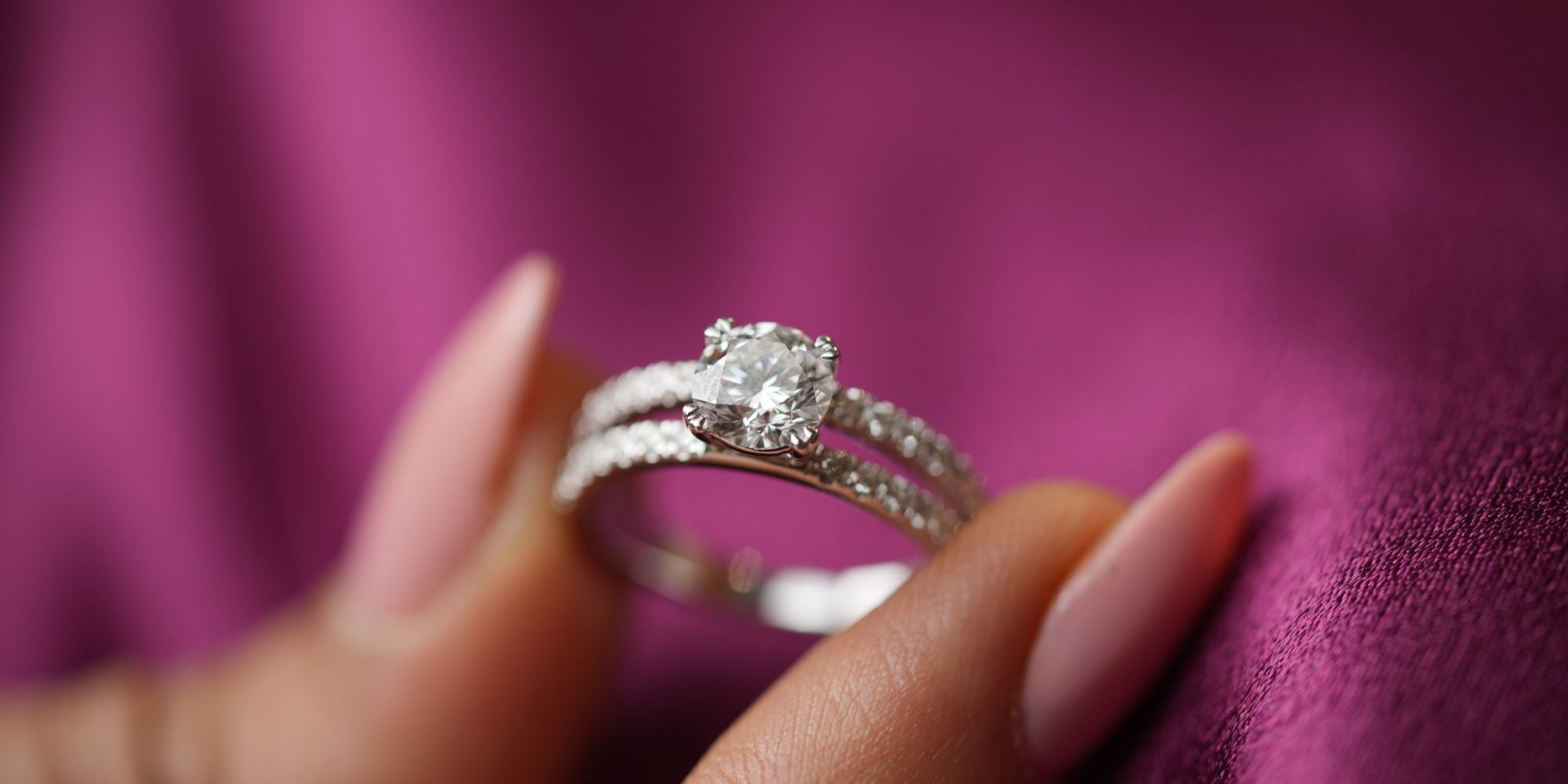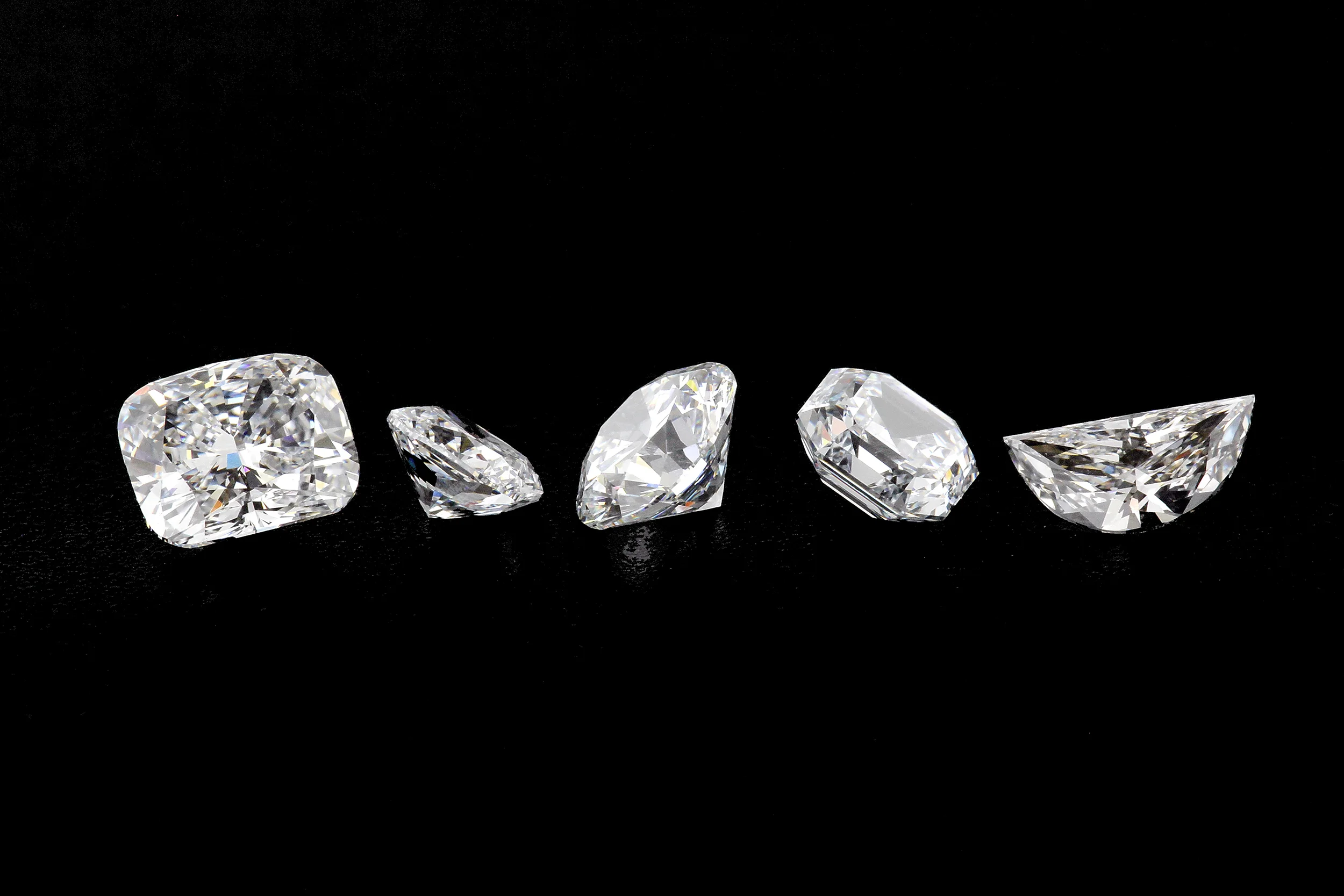The Rising Popularity of Lab-Grown Diamonds Across Cultures
In recent years, cultures and lab grown diamonds have experienced a surge in demand across various cultures, redefining the traditional diamond industry. These man-made diamonds, often referred to as synthetic diamonds, are not only identical to their mined counterparts in terms of chemical composition and physical properties, but they also offer numerous environmental and ethical benefits. As a result, people from different cultural backgrounds are increasingly turning to lab-created diamonds as a more sustainable and conscious alternative.
Table of Contents
What are Lab-Grown Diamonds?
Lab-grown diamonds are cultivated in a controlled laboratory environment, replicating the natural conditions under which mined diamonds form deep within the Earth. The two primary methods used to create lab diamonds are High Pressure, High Temperature (HPHT) and Chemical Vapor Deposition (CVD). These processes produce diamonds that are optically, chemically, and physically identical to natural diamonds, making them indistinguishable even to gemologists without specialized equipment.
The rise of lab diamonds is particularly appealing to those who prioritize ethical sourcing and environmental sustainability. This innovation in diamond creation has resulted in a diverse range of options for consumers from all walks of life, further propelling their popularity across cultures.
Cultural Perspectives on Diamonds
Diamonds have long been symbols of wealth, love, and status in many cultures. Traditionally, mined diamonds were highly coveted, particularly for engagement rings and other significant jewelry pieces. In countries like India, diamonds are often associated with prosperity and are used in important cultural and religious ceremonies. In the Western world, diamonds signify everlasting love, a trend heavily influenced by marketing campaigns such as the famous “A Diamond Is Forever” slogan.
However, with increased awareness around the environmental damage and ethical concerns associated with diamond mining—often referred to as blood diamonds or conflict diamonds—many cultures are now embracing lab-grown diamonds as a more responsible choice. Lab-created diamonds offer the same symbolism and luxury but without the moral and environmental compromises.
Ethical Considerations Driving Cultural Shifts
The growing interest in sustainably sourced diamonds has sparked a cultural shift in how diamonds are viewed globally. In many regions, especially those where social justice and environmental issues are at the forefront, consumers are becoming more conscious of their purchasing decisions.
Lab diamonds provide an answer to the ethical issues surrounding the mining industry, such as exploitative labor practices, child labor, and the funding of armed conflict. Countries with strong ethical consumption movements, such as the United States, Canada, and Australia, have been particularly responsive to the shift toward lab-grown diamonds. In these areas, consumers view lab-created diamonds as a socially responsible choice, a trend that is steadily influencing global demand.
Environmental Impact of Lab-Grown Diamonds
One of the most significant benefits of lab-grown diamonds is their lower environmental impact. Unlike traditional diamond mining, which involves large-scale land disruption, water pollution, and carbon emissions, lab-grown diamonds are created in a controlled environment with a much smaller ecological footprint. This is especially important for environmentally conscious consumers who prioritize sustainability in their purchasing decisions.
Energy Efficiency in Diamond Creation
While lab-grown diamonds still require energy to produce, advancements in technology are making the process more energy-efficient. In particular, renewable energy sources are increasingly being utilized to power diamond-growing facilities, further reducing their carbon footprint. This trend toward sustainability resonates with cultures that emphasize environmental stewardship, such as those in Scandinavian countries and regions where green energy is a high priority.
Quality and Value of Lab-Grown Diamonds
One of the key advantages of lab-grown diamonds is that they offer exceptional quality at a more affordable price compared to natural diamonds. While they are chemically identical to mined diamonds, lab-created diamonds typically cost 20-40% less than their natural counterparts. This affordability allows more consumers to purchase higher-quality diamonds without breaking their budget, making them a popular choice for engagement rings, anniversaries, and other significant life events.
Grading and Certification
Lab-grown diamonds are graded and certified by the same independent gemological institutes that certify natural diamonds, such as the Gemological Institute of America (GIA) and the International Gemological Institute (IGI). These diamonds are assessed on the same criteria—cut, clarity, carat, and color—ensuring that buyers can trust the quality of their purchase.
In cultures where status and prestige are important, such as in parts of Asia and the Middle East, owning a certified lab-grown diamond offers the same social and symbolic value as a natural diamond. The only difference is that lab-grown diamonds come without the ethical dilemmas or inflated price tags associated with traditional diamonds.
Lab-Grown Diamonds and Modern Jewelry Trends
In recent years, lab-grown diamonds have become increasingly popular in the world of high-end jewelry. Many renowned jewelers now offer lab-grown diamonds in their collections, catering to the rising demand for eco-friendly and ethical alternatives. The availability of these diamonds in luxury settings speaks to their acceptance in markets that have historically favored mined diamonds.
Customization and Innovation
One of the most appealing aspects of lab-grown diamonds is their versatility. Since they are created in a controlled environment, they can be customized to meet specific demands, such as producing diamonds with unique colors or special cuts that are rare or difficult to achieve in nature. This has made lab diamonds particularly popular among millennials and Gen Z, who prioritize personalization and unique designs in their jewelry choices.
Additionally, the rise of bespoke jewelry—where buyers can create one-of-a-kind pieces—has contributed to the growing interest in lab-grown diamonds. Custom jewelry allows for greater creativity, and the lower cost of lab diamonds makes this level of luxury more accessible to a wider audience.
Future of Lab-Grown Diamonds in Global Cultures
As lab-grown diamonds continue to gain traction, their influence is expanding across global cultures. The increasing awareness of sustainability, ethics, and affordability are major drivers behind this cultural shift, particularly among younger generations who are more inclined to seek out conscious consumption.
In regions where traditional values around luxury and wealth are deeply ingrained, such as in parts of Africa, China, and the Middle East, the adoption of lab-grown diamonds is expected to continue to rise. The key factor driving this shift is the growing alignment between luxury and ethical consumption, a trend that is reshaping industries far beyond just jewelry.
Conclusion: The Cultural Impact of Lab-Grown Diamonds
The adoption of lab-grown diamonds is not merely a passing trend—it represents a fundamental shift in the global diamond industry. Driven by ethical concerns, environmental awareness, and shifting consumer preferences, lab-grown diamonds have become a viable and attractive option for people across different cultures. As more consumers prioritize sustainability and social responsibility, the future of lab-grown diamonds appears brighter than ever.




